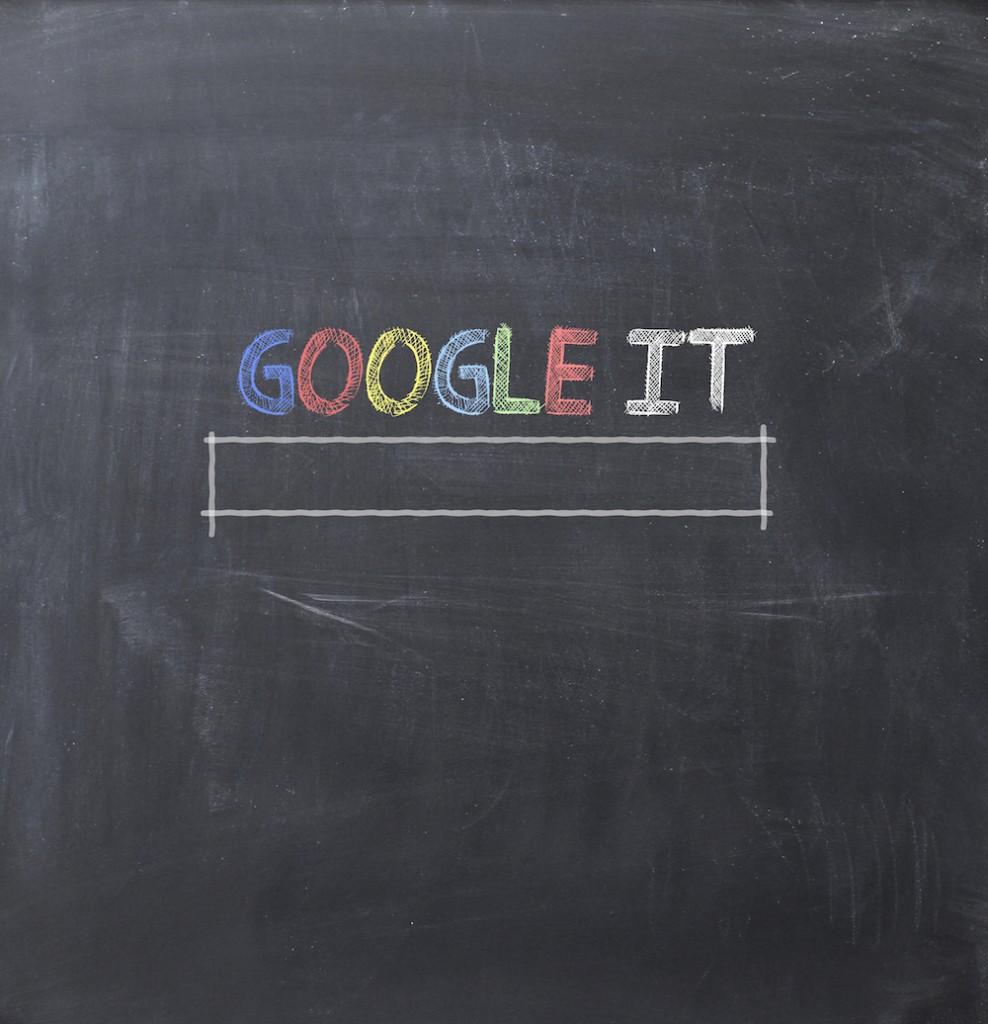Google AdWords is a great paid-search advertising platform that can be used to maximize real estate on Google. Unlike organic listings that will appear in someone’s search results, the platform allows paid sponsored listings to appear on the top and side of these results pages. Google ranks ads based on budget, keyword bids, landing page quality and click through rate, but they also allow many ways for a user to optimize campaigns themselves.
To start, a marketer should develop a digital strategy that focuses on improving organic search engine rankings (which one would do through SEO tactics) and running paid search advertising simultaneously.
Studies have shown that consumers are more likely to click when they see your company name appearing on the search engine results page, and in the sponsored results. However, don’t let that stop you from turning to AdWords. Improving your search rankings organically can take a long time, and requires much attention as you optimize the webpages of your site. If your website is appearing on the second or third page down in Google’s results, investing in paid search advertising is something to consider as part of your next digital marketing campaign.
You will of course need to create an account, or have an existing account in Google AdWords to get started. The AdWords account structure can be thought of as a puzzle: one part is not complete without the other. The structure begins at the account level, then campaign, then ad groups, and then finally, keywords.
At the account level, you would set up your billing, currency and country information. At the campaign level, you would choose whether you want to advertise on search, display, or both; devices to target; locations and languages to target; budget and any ad extensions. Under the campaign, you would then create your first ad group where you’ll be able to develop text ads and insert keywords. The character limits for text ads are 25 characters for the headline, two lines of description with 35 characters each, and the display URL with 35 characters. An example of an ad is displayed below.

Setting up a campaign is relatively easy, and following these best practices, you’ll be well on your way to creating a successful ad campaign!
› Brainstorm a list of 20-30 keywords per ad group: Create a list of keywords for each ad group, and keep the list updated with new ideas. Incorporate the same keywords within the text of your ad as well. When a user searches a keyword from your list, it will then appear in bold and draw their attention.
Also, the more specific your keywords are, the better. Google AdWords allows four different keyword match types: broad, phrase, exact and negative. Keywords that are too broad or too narrow either yield many irrelevant clicks or no clicks at all. It is best to use “phrase” match type for keywords that you would like to appear in a certain order. You can also include negative keywords, for which you do not want your ad to appear.
› Create multiple ads in an ad group: Create 3-5 different ads for one ad group. After running the campaign for sometime, you can then evaluate which ones are performing well, pause any that aren’t, and create new ones to better optimize your spend.
› Use the tools: AdWords provides many great tools to enhance campaigns. The Keyword Planner is an essential tool that can help you generate many keyword ideas and provide traffic estimates as well. The Ad Preview Tool is another that will show you if your ad is appearing in the search results for certain keywords without accruing any impressions. It also identifies the reason why your ad may not be appearing.
› Optimize your landing page: The destination URL should reflect your keywords and call-to-action in your ad. The user shouldn’t have to look any further than the page they were prompted to. Do you want them to register for a webinar? Make sure they can do so from the site you direct them to. That information on your landing page should be set above the fold and have engaging information that interests the user. Make sure your keywords are listed in this page as well, as this will boost SEO traffic as well.
› Use ad extensions: Ad extensions allow you to add additional information to your ad at no additional cost. You have the option to include location information, links to relevant sections of your website, phone numbers, reviews and even apps when targeting mobile and tablet devices.
› Don’t just “set it and forget it”: Keeping a tab on the progress of your campaign is key to its success. Make it a habit to review the clicks and impressions you’re receiving from certain ads and keywords. For instance, perhaps the name of your initiative coincides with another industry’s – you won’t want to pay for those visitors. Remember that you can always pause any ads that aren’t working out, and bid up on those that are performing well.
With the right mix of text, keywords, budget and campaign management, Google AdWords is an essential tool for your digital marketing strategy. And, the best way to learn how to use the platform is to do just that – use it! In addition to these resources, you will learn your own tips and tricks that are particular to your product, campaign, and industry.
Want to take the next step in your AdWords game?
Continue reading with our new blog post:
Advanced AdWords for Science Marketers


















